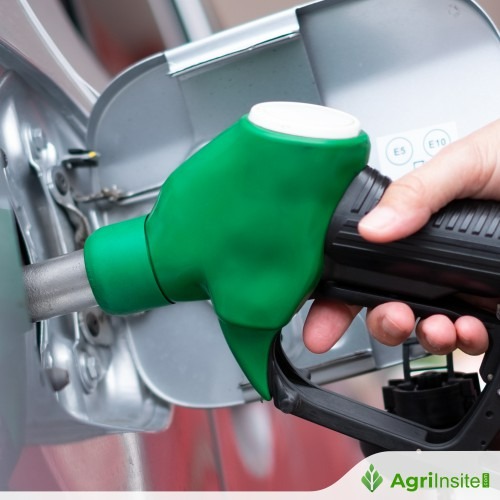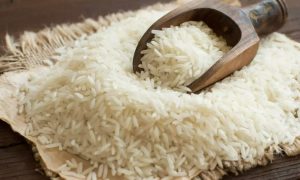Ethanol price hike is critical to maintain segment’s profitability: India Ratings and Research

India Ratings and Research (Ind-Ra) projects India’s gross sugar production for the 2024–25 season to fall by 15% YoY to 29–29.5 MMT due to red rot disease, low yields, and recovery. Net sugar output may dip to 26–26.2 MMT after 3.2–3.4 MMT diversion for ethanol. Prices remain strong, but ethanol segment faces margin pressure amid rising cane costs.
India’s gross sugar production for the 2024–25 sugar season (SS25) is projected to fall by approximately 15% year-on-year, reaching between 29.0 and 29.5 million tonnes, according to India Ratings and Research (Ind-Ra) in its latest Agro Commodity Watch report. The decline is attributed to a combination of lower sugarcane yields, reduced recovery rates, and the impact of red rot disease. Alongside this, Ind-Ra highlighted that a price hike in ethanol is crucial to sustaining profitability in the ethanol segment.
Sugar diversion towards ethanol is expected to reach 3.2–3.4 million tonnes in view of the government lifting the ban on sugar diversion in August 2024. As a result, net sugar production is likely to reduce to 26-26.2mnt in SS25, according to Ind-Ra.
Khushbu Lakhotia, Director, Corporate Ratings, Ind-Ra said, “With sugar production at a five-year low, India’s sugar inventory is likely to reduce to around the normative level by the end of SS25. The lower production has led to hardening of prices over the past few months, and they are likely to remain strong over the course of the season, given the low stock levels. EBITDA margins marginally declined in FY25, largely driven by a weakening in the ethanol segment due to the restrictions in 1H and the absence of price hikes even as the production costs increased. As a result, an ethanol price hike is critical to maintain the segment’s profitability, given the likelihood of a further increase in cane prices in the next sugar season. India has achieved close to the targeted 20% ethanol blending in the past three months, and growth would be contingent on the policy developments related to the increase in blending, which is a key monitorable. Ind-Ra believes feedstock availability and vehicle compatibility are key growth considerations.”
Given the higher opening stocks and initial estimates of 28mnt of net sugar production, the government allowed 1mnt of exports in January 2025 to regulate the inventory levels. However, with the sharp fall in production along with exports and domestic consumption of 28mnt (SS24: 29mnt), Ind-Ra believes the closing stock is likely to reduce to 5.3-5.5mnt (SS24: 7.8mnt), close to the normative requirement of around 5.5mnt.
According to the report, sugar companies witnessed low single-digit revenue growth in FY25, largely driven by the pick-up in both sugar and ethanol segments in 4Q. The sugar segment accounted for around 73% of the total revenue in FY25 (FY24: 74%) while the distillery segment constituted 18% (19%). However, EBITDA was slightly lower as margins declined to around 10% (FY24: 11%, FY23: 12%) owing to an increase in production costs even as ethanol prices remained unchanged.
Challenges in the form of adequate feedstock availability and vehicle compatibility beyond 20% blending, given the reduction in fuel efficiency, will also need to be addressed before further increasing the blending target, Ind-Ra stated in report.
To Read more about Ethanol Industry & Bio Energy News, continue reading Agriinsite.com
Source : Chinimandi














